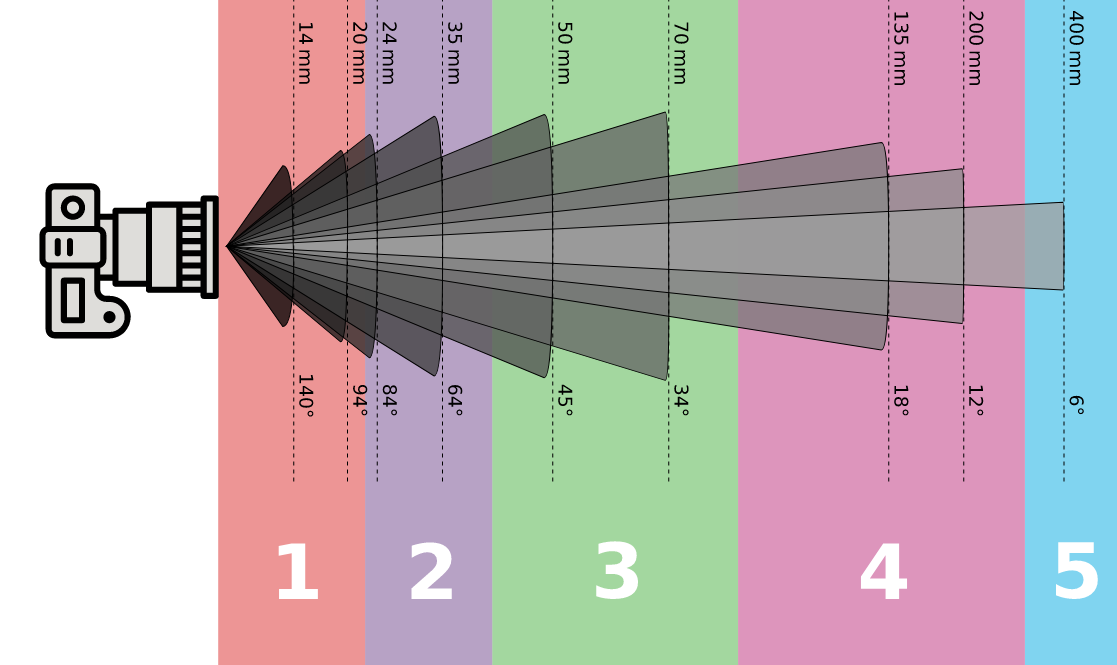What is focal length?
Focal length is a measure of a lens' ability to magnify or reduce the size of an image. It is typically measured in millimeters (mm) and is often one of the first specifications listed when describing a camera lens.
A lens' focal length can affect the field of view, or how much of a scene is captured in the frame. A short focal length, such as a wide-angle lens with a focal length of 14mm, will capture a wide field of view, while a long focal length, such as a telephoto lens with a focal length of 200mm, will capture a narrow field of view.
Another important characteristic of focal length is how it affects the perspective of an image. A short focal length, such as a wide-angle lens, will create a sense of depth and distance in the image, while a long focal length, such as a telephoto lens, will compress the distance between objects, making them appear closer together.
Focal length also affects the depth of field, which is the portion of an image that is in focus. A wide-angle lens with a short focal length will have a larger depth of field, meaning that more of the image will be in focus, while a telephoto lens with a long focal length will have a smaller depth of field, meaning that only a small portion of the image will be in focus.
In summary, focal length is a measure of a lens' magnifying power and can affect an image's field of view, perspective, and depth of field. It is measured in millimeters, and lenses with shorter focal lengths will capture a wider field of view, create a sense of depth, and have a larger depth of field, while lenses with longer focal lengths will capture a narrower field of view, compress distance between objects, and have a smaller depth of field.








